Saudi Arabia is home to eight UNESCO World Heritage Sites, each recognized for its universal value and contributions to the Kingdom’s heritage.
These sites encompass everything from ancient civilizations to natural landscapes while offering a narrative that deepens our appreciation of human history.
A site qualifies for the United Nations Educational, Scientific and Cultural Organization (UNESCO) designation if it possesses exceptional cultural, historical, scientific, or natural significance to all humanity, meeting at least one of ten selection criteria, such as representing a masterpiece of human creativity or showcasing remarkable natural beauty and biodiversity.
Furthermore, the country must demonstrate effective protection and management plans to ensure the site’s long-term preservation.
Al-Hijr (Mada’in Salih)
Inscribed in 2008 and located in Al-Ula, Al-Hijr (The Stone City of Salih), known as Mada’in Salih, holds the distinction of being Saudi Arabia’s first UNESCO World Heritage Site.
Al-Hijrr is a testament to the Nabataean civilization, featuring well-preserved monumental tombs and intricate rock-cut architecture. The site also encompasses ancient inscriptions from the Lihyanite Kingdom and numerous petroglyphs dating back to 1700 BCE.
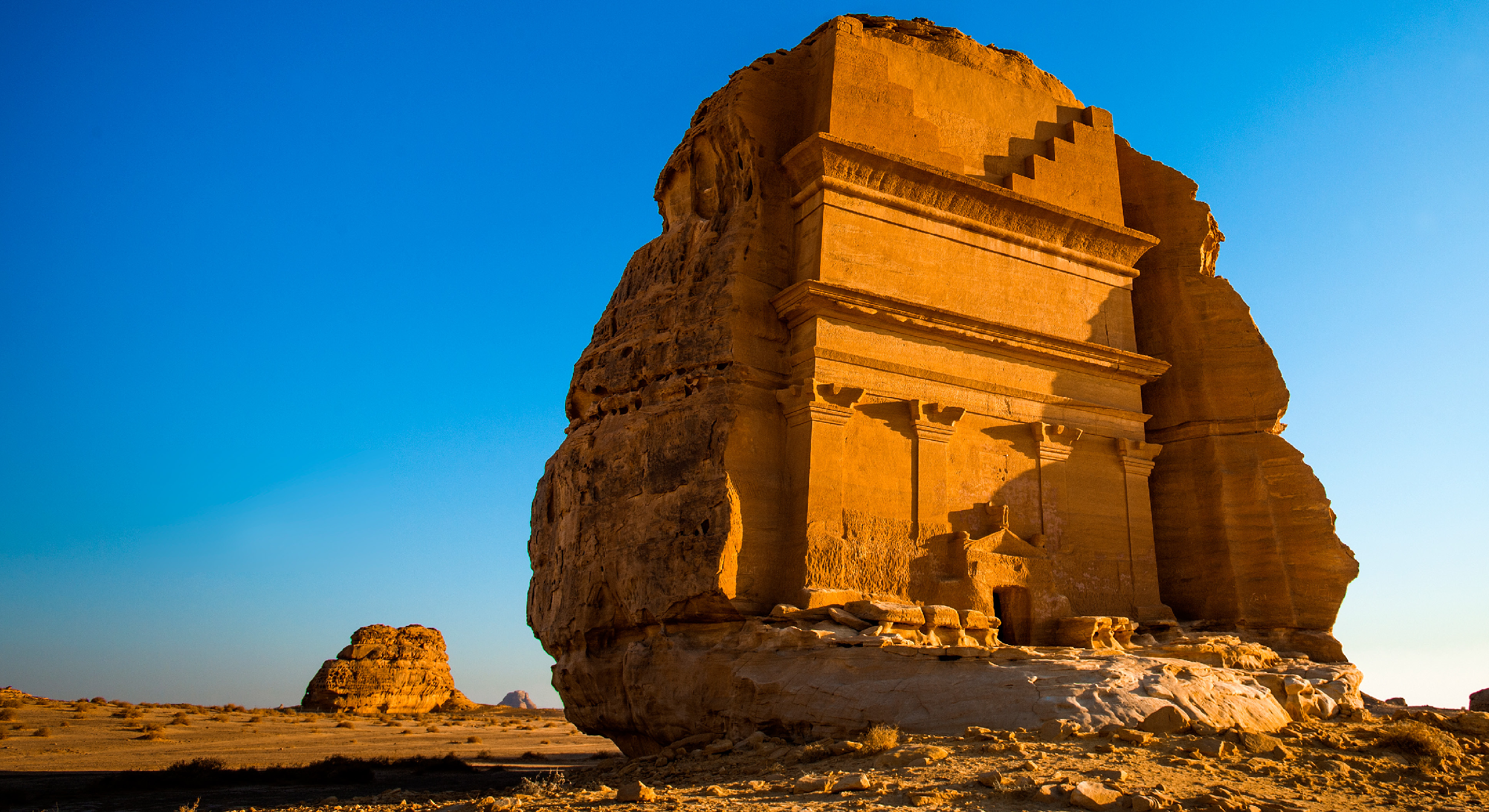
At-Turaif Neighborhood
The At-Turaif Neighborhood, located in Historic Diriya (Riyadh Province), is a symbol of Saudi Arabia’s cultural identity. Inscribed as a UNESCO World Heritage site in 2010, At-Turaif Neighborhood is the birthplace of the first Saudi state, established in the 18th century.
The site includes historical buildings such as the Salwa Palace and the At-Turaif Mosque, which reflect a Najdi architectural style.
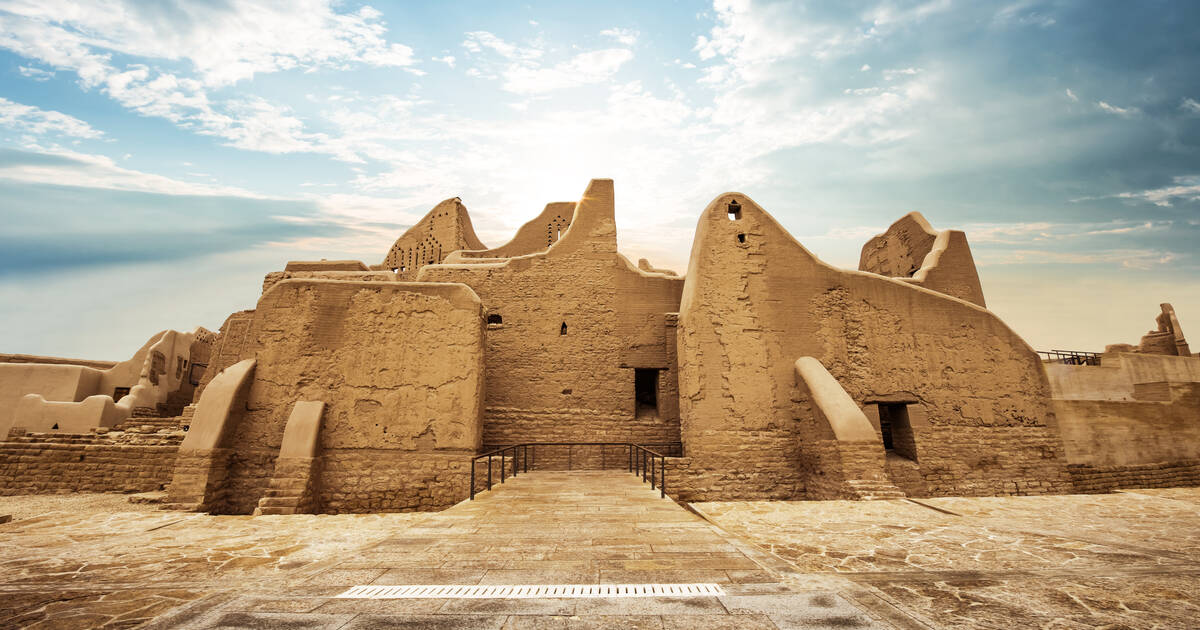
Historic Jeddah
Historic Jeddah, situated in the Coastal Jeddah City, is often referred to as the “Gate to Makkah.” This UNESCO site, inscribed in 2014, includes a blend of historical buildings, ancient city walls, and marketplaces.
The architecture of Jeddah features distinctive coral-stone buildings adorned with carved wooden windows known as “Roshan.” The district’s narrow alleys and historic mosques, such as the Al-Shafei Mosque, showcase the cultures and traditions of the Islamic world.
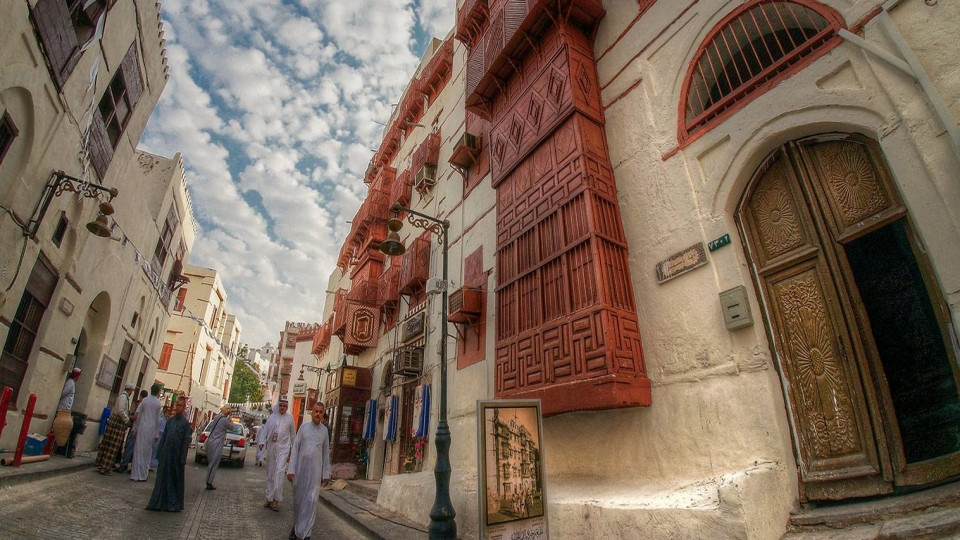
Rock Art in Jubbah and al-Shuwaymis
The Rock Art in Jubbah and al-Shuwaymis, inscribed in 2015, is renowned for its petroglyphs that date back thousands of years. Nestled within the landscapes of Hail Province, this site is home to carvings that depict scenes from daily life, animals, and human figures.
The rock art provides some insights into the lives of ancient peoples who inhabited the region, reflecting their interactions with the environment and each other. The inscriptions here, particularly those on Jabal Umm Sinman, highlight the artistic and communicative practices of early civilizations, making this site an important part of Saudi Arabia’s cultural heritage.
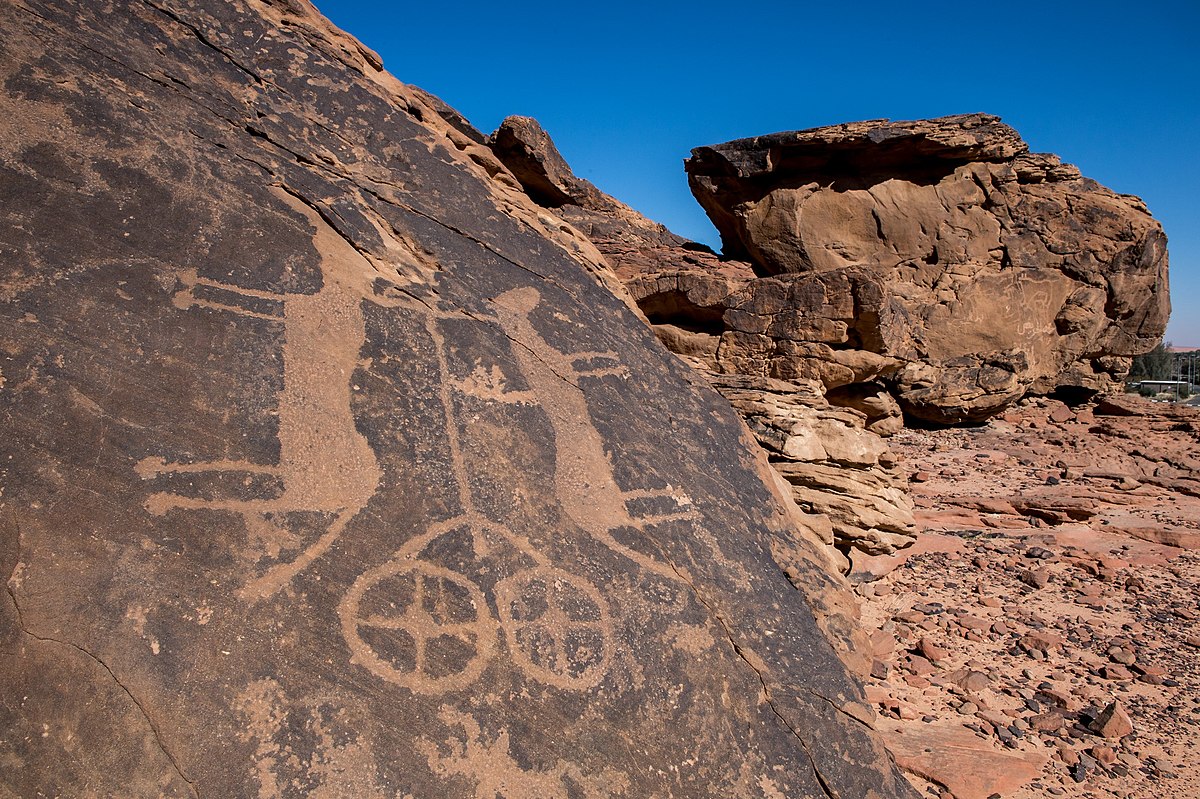
Al-Ahsa Oasis
Spanning over 85 square kilometers, the Al-Ahsa Oasis is the largest palm oasis in the world, boasting approximately 2.5 million palm trees and located in Al-Ahsa Governorate.
This 2018 inscribed UNESCO World Heritage Site exemplifies the intricate relationship between humans and nature, showcasing traditional irrigation systems, fertile lands, and historical architecture. The oasis is dotted with natural springs, canals, and agricultural meadows, reflecting a continuous cultural tradition that has thrived for millennia.
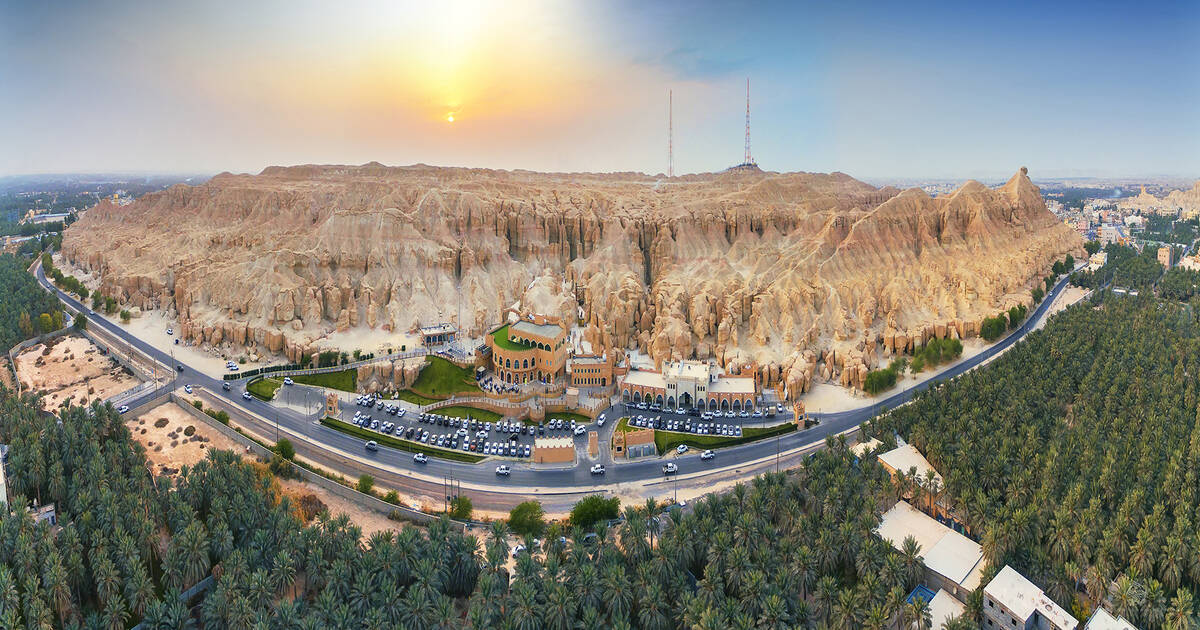
Hima Cultural Area
The Hima Cultural Area is one of the largest rock art complexes globally, featuring over 550 rock art images that provide a glimpse into the lives of prehistoric and early historic populations in the Arabian Peninsula.
This expansive site, nestled in the Najran Province, is characterized by its stunning desert landscape, where visitors can find ancient inscriptions in scripts such as Thamudic and Nabataean.
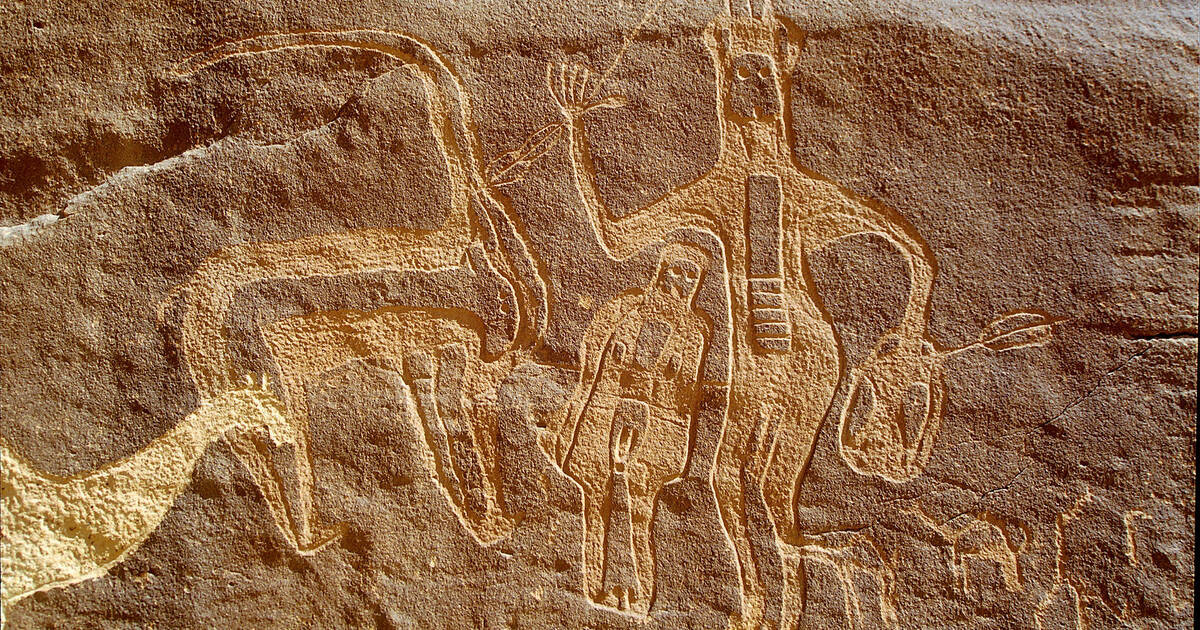
Uruq Bani Mu’arid Reserve
The Uruq Bani Mu’arid Reserve, located in the Western edge of ar-Rub’ al-Khali, represents a landmark achievement as the first natural World Heritage site in Saudi Arabia.
Inscribed in 2923 and covering an extensive area of 12,787 square kilometers, this reserve is home to nearly 120 species of native wild plants and endangered wildlife, including the Arabian oryx. Uruq Bani Mu’arid stands as a testament to Saudi Arabia’s commitment to preserving its natural heritage for future generations.
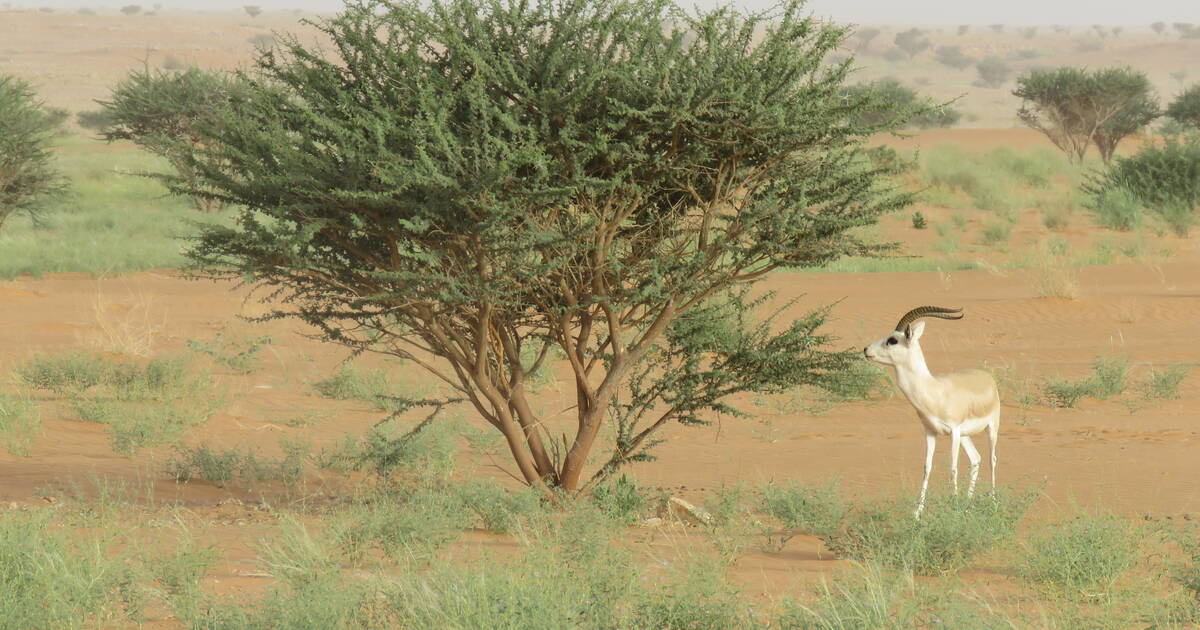
Cultural Landscape of Al-Faw Archaeological Area
Inscribed in 2024 and located in the South of Riyadh Province, the Cultural Landscape of Al-Faw is an archaeological site that offers insights into ancient trade routes and human settlements in the Arabian Peninsula.
This area features a diverse range of archaeological remains, including settlements, tombs, and rock art. Al-Faw’s rich history makes it an essential site for understanding the broader narrative of human civilization in Arabia.
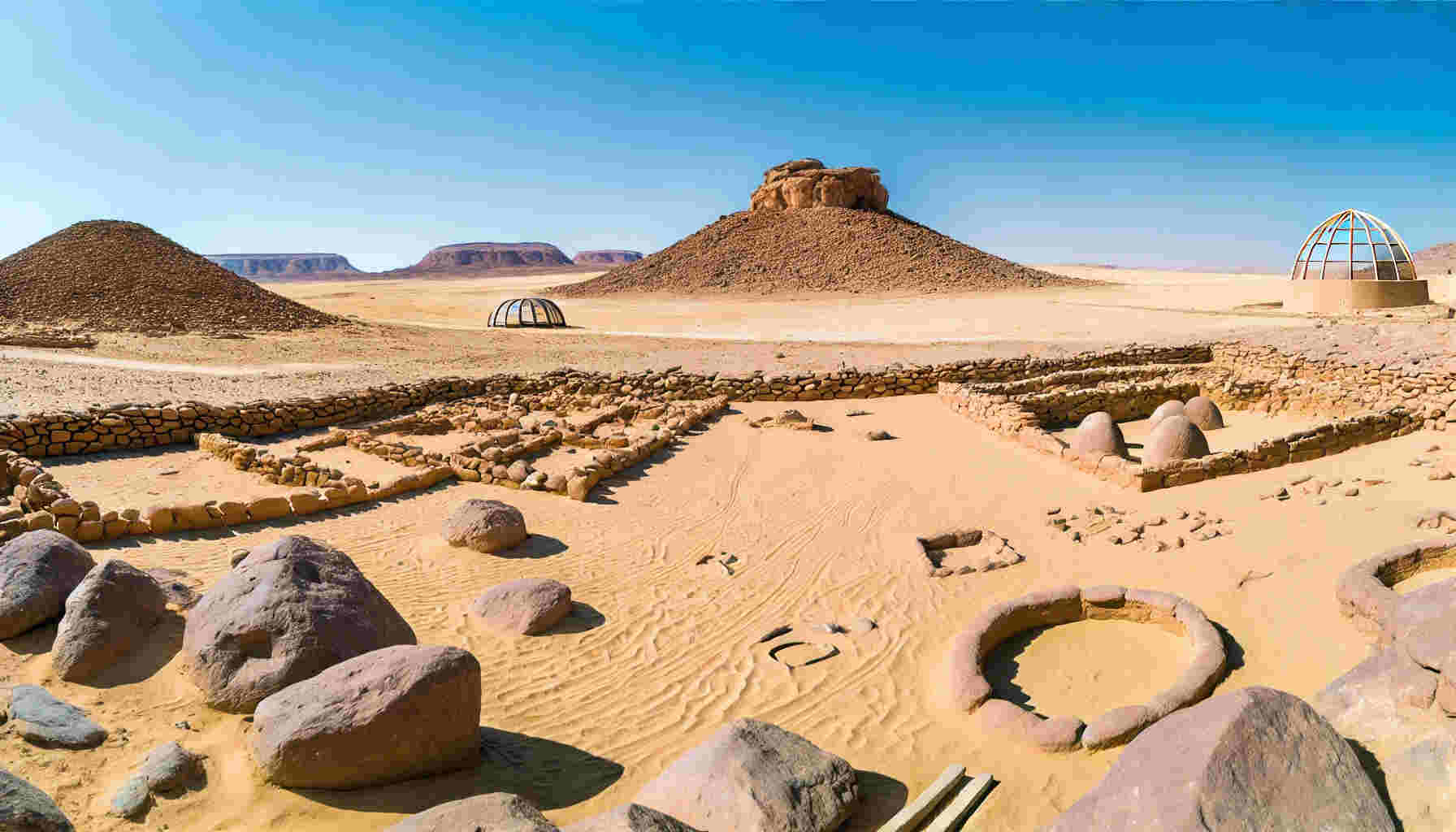
Saudi Arabia’s UNESCO World Heritage Sites are living testimonies to the Kingdom’s rich cultural tapestry and natural beauty. Each site offers a unique glimpse into the past, inviting both locals and visitors to explore and appreciate the heritage that has shaped this nation.


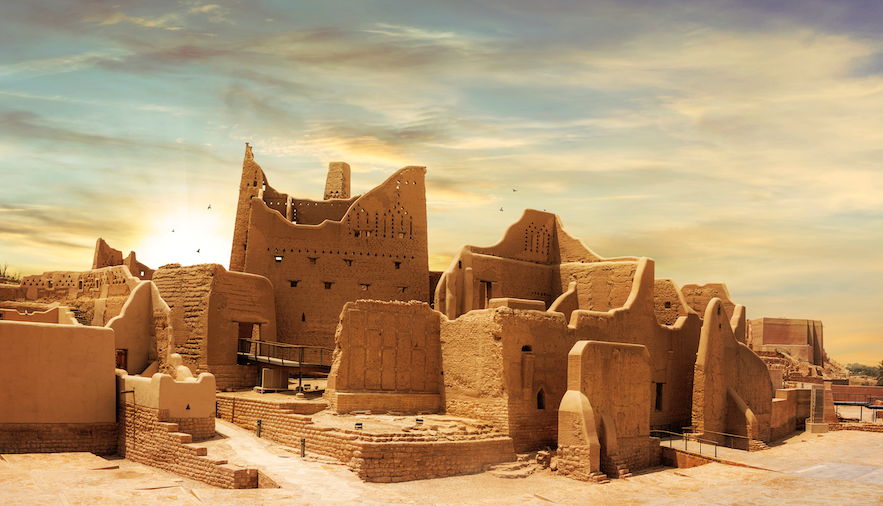



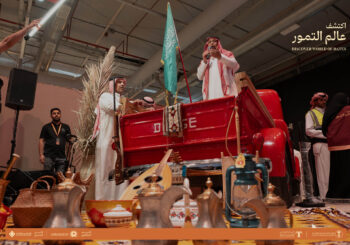

Comments (0)